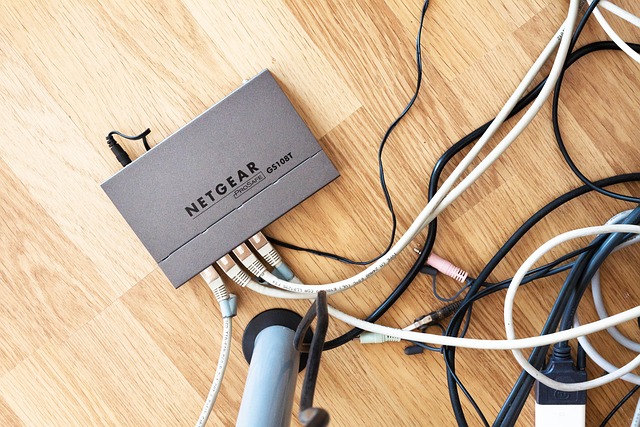In today's dynamic work environment, real estate spaces must prioritize collaboration dynamics through flexible layouts that blend open-plan offices for informal interaction and dedicated meeting rooms for focused discussions. Professionals in the field leverage adaptable furniture, reconfigurable walls, and modular partitions to transform spaces easily, catering to diverse organizational needs. This approach enhances collaboration efficiency, supports various work styles, maximizes space utilization, and attracts tenants or buyers seeking modern, adaptable environments.
In today’s dynamic work environment, real estate spaces must evolve to accommodate ever-changing collaboration needs. This article explores the transformative power of flexible layouts in enhancing productivity and fostering innovation within commercial properties. We delve into understanding the intricate dynamics of collaboration, designing adaptable spaces, and implementing dynamic workspace solutions that cater to diverse team interactions. By embracing flexibility, real estate becomes a strategic asset, nurturing creative workflows and driving business success.
Understanding Collaboration Dynamics in Real Estate Spaces

In today’s dynamic work environment, understanding collaboration dynamics is key when designing real estate spaces. The way teams interact and collaborate has evolved, requiring flexible layouts that cater to diverse working styles. For instance, open-plan offices foster a sense of community and facilitate informal interactions, while dedicated meeting rooms provide focused spaces for in-depth discussions and private meetings.
Real Estate professionals must consider the ever-changing needs of organizations, from startups to established enterprises. By incorporating adaptable furniture, reconfigurable walls, and modular partitions, spaces can easily transform to accommodate various team activities. This versatility ensures that collaboration remains efficient and engaging, catering to both spontaneous brainstorming sessions and structured project meetings.
Designing Flexible Layouts: Key Principles and Benefits

In today’s dynamic work environment, flexible layouts in real estate are no longer a luxury but a necessity. Designing spaces that can adapt to changing collaboration needs fosters productivity and innovation. The key principles behind these layouts emphasize modularity, reconfigurability, and multifunctionality. By employing moveable furniture, adjustable partitions, and open concepts, spaces can be easily transformed for various team activities, from brainstorming sessions to quiet focus work.
The benefits of such flexibility are profound. They promote a culture of collaboration by accommodating different working styles and preferences. Moreover, they enhance the overall employee experience, encouraging movement and interaction throughout the day. In terms of real estate value, flexible layouts can maximize space utilization, reduce the need for dedicated rooms, and attract tenants or buyers who prioritize modern, adaptable environments.
Implementing Dynamic Workspace Solutions for Optimal Collaboration

In today’s dynamic work environment, flexible layouts are becoming a cornerstone in real estate. By implementing dynamic workspace solutions, businesses can cater to changing collaboration needs with ease. Open-plan offices, for instance, promote spontaneous interactions and foster a culture of teamwork, while dedicated collaboration spaces offer focused environments for specific projects or team meetings.
These adaptable areas can be equipped with versatile furniture, technology infrastructure, and specialized tools tailored to various tasks—from brainstorming sessions to virtual meetings. Such arrangements enable employees to choose their preferred setting based on the work at hand, enhancing productivity and overall job satisfaction. Real estate professionals play a pivotal role in designing and managing these dynamic workspaces, ensuring they meet the evolving demands of modern organizations.






